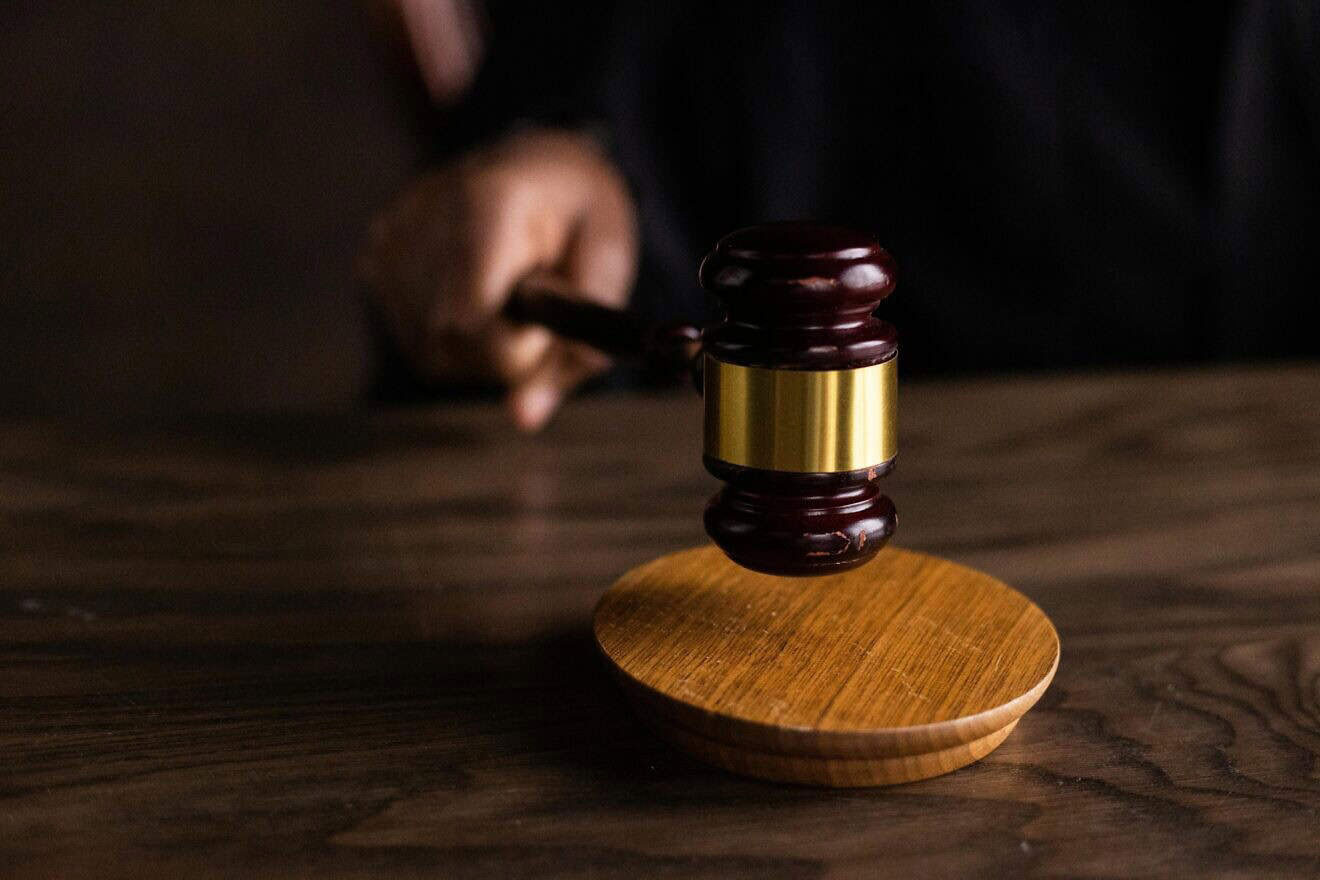Courtesy of JNS. Photo credit: Indranil Mukherjee/AFP via Getty Images
Muslim tombstone engraver Mohammad Abdul Yaseen, 74, puts a fresh coat of paint on faded tombstone letterings at the Bene Israel Jewish cemetery in Mumbai, Aug. 21, 201
(JNS) — A Hebrew-inscribed tombstone dating to the 13th century has been discovered in southern India.
The tombstone was found on a coconut farm in the city of Ramanathapuram in the state of Tamil Nadu, The Week reported on Friday.
Thoufeek Zakriya, a Jewish history researcher and Hebrew calligrapher, was the first to decipher the inscription, telling the Indian English-language news magazine that it dates to the years 1224 or 1225 C.E.
“This means that it is older than the Sarah Bat Israel Tombstone in Kerala’s Chennamangalam, which is considered the oldest Hebrew tombstone ever identified in India,” Zakriya told The Week.
Hathim Ali, 32, a chemical engineer and history enthusiast, first brought the tombstone to the public’s attention.
“One of my friends informed me about this tombstone found in the coconut farm owned by Mr. Balu,” Ali told The Week. “When I went to inspect it, I understood that it was neither Tamil nor Arabic. Later, I thought maybe it could be Hebrew.”
Ali told the Tamil-language newspaper Dinamalar about the discovery. Zakryia, who works in the United Arab Emirates, read about it in that newspaper, forwarded by Rajaguru, the president of the Ramanathapuram Archaeological Research Foundation. Zakryia then contacted Ali, who sent him pictures of the tombstone so he could decipher the inscriptions.
“The Hebrew inscription bears the date as the 1st of Shvat (Hebrew Month) 1536 or 1537 of the Seleucid era,” Zakriya explained.
“When converting the dates from the Seleucid era to the Common Era, it was found that the date on the tombstone inscriptions is approximately equivalent to January 1, 1224 AD, or January 18, 1225 AD,” Zakriya said.
Zakriya was not able to decipher every line in the inscription due to damage.
“So, I could not find the name of the deceased or his father. … But I could see a name partially which could be read as Nehemiah in Hebrew. The initial analysis shows a strong Yemeni Jewish influence in the tombstone’s pattern,” Zakryia said.





